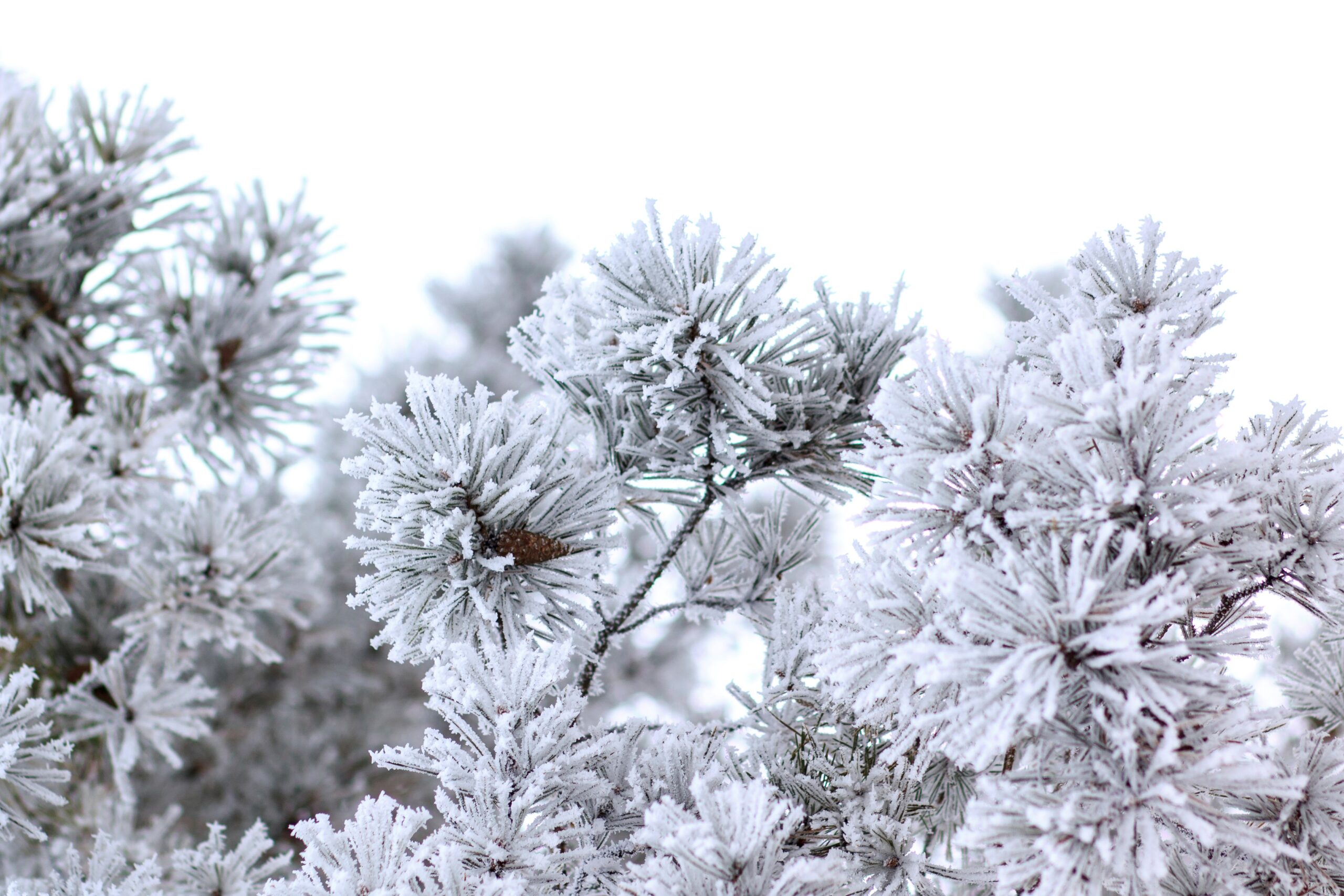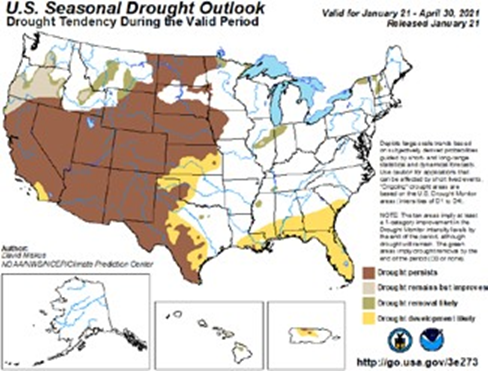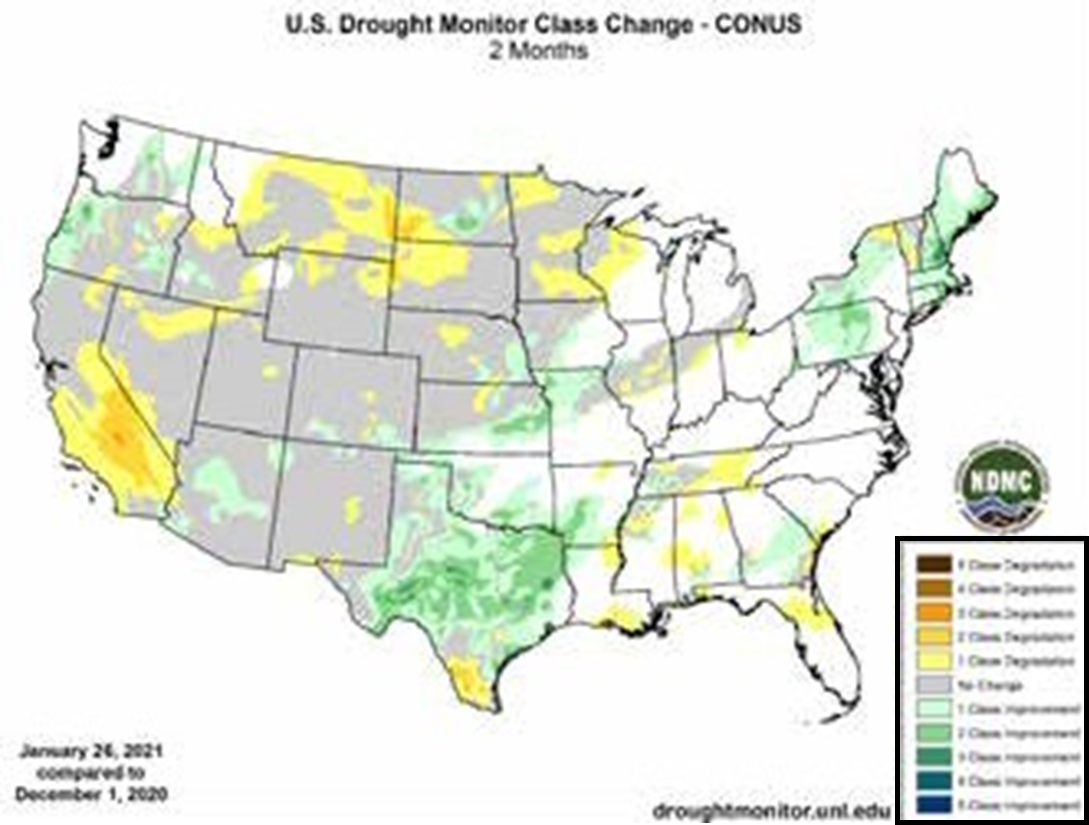Weather

The winter of 2021 has begun, with many areas of the country experiencing normal weather conditions, particularly with the expectations of the overall La Niña weather pattern that developed during the summer and fall of 2020.
Throughout the Midwest, the general implication of an La Niña pattern should be for milder than normal temperatures and normal amounts of precipitation. However, in early January 2021, a strong “sudden stratospheric warming” event developed. For some 30 to 60 days after these events, the polar vortex can become weakened, making cold outbreaks more likely. We have experienced a bit of this in mid- to late- January; however, repercussions will likely to be felt into at least February. While temperatures from February into April may be on average warmer than normal, be on the lookout for periods of significantly below normal temperatures in February and early March. Accompanying this will be normal to above normal precipitation; thus, it is likely that snowpack will increase across the region for the remainder of the winter. Heading into spring, the melting of this snowpack will need to be monitored for ramifications for flood and fieldwork conditions.
The weather conditions noted for the Midwest are also likely to spread southeastward to affect the Ohio Valley and East Coast, though probably to a lesser degree than the Midwest. Therefore, these areas should also be impacted by increased chances for colder than normal conditions in February and March, which should abate by spring. An active storm track from the southern plains into the Appalachians is also likely to result in above normal precipitation in the Ohio Valley region.
The La Niña pattern, combined with colder than normal weather throughout the Midwest, generally does not portend favorably for the rainy season in California and other areas of the West outside of the Pacific Northwest and northern Rockies. Snow water equivalents across California have been less than 50% of seasonal average through late January 2021, and while there will be periods of welcomed significant precipitation into early February, it is unlikely that this rainy season will end up materially above average. Thus, when compounded on a dry 2020, drought conditions and likely to persist and intensify in much of the West heading into summer 2021.












